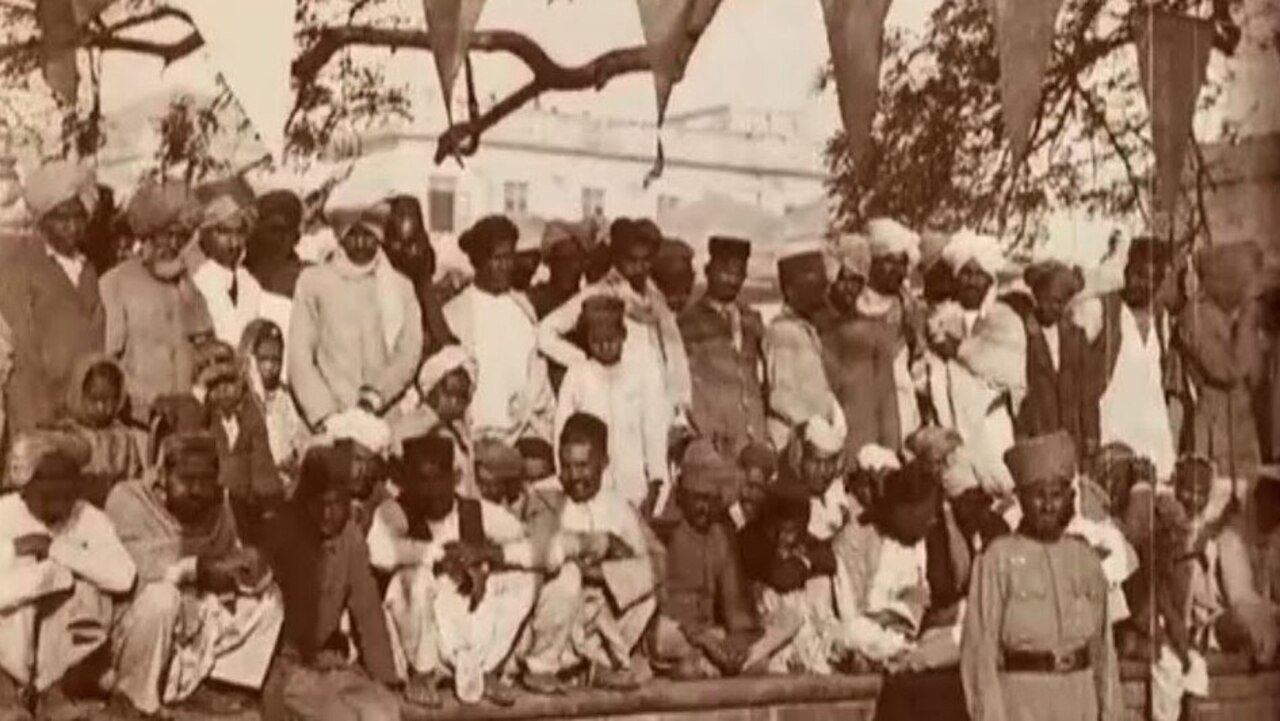
Edward Prince of Wales' Tour of India: Indore, Bhopal, Gwalior and Delhi (1922)
The future Edward VIII enjoys a stately procession and visits the Taj Mahal before meeting senior Indian royalty.

The future Edward VIII enjoys a stately procession and visits the Taj Mahal before meeting senior Indian royalty.
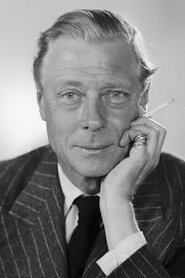 King Edward VIII of the United Kingdom
King Edward VIII of the United Kingdom
Bruce Brown's The Endless Summer is one of the first and most influential surf movies of all time. The film documents American surfers Mike Hynson and Robert August as they travel the world during California’s winter (which, back in 1965 was off-season for surfing) in search of the perfect wave and ultimately, an endless summer.
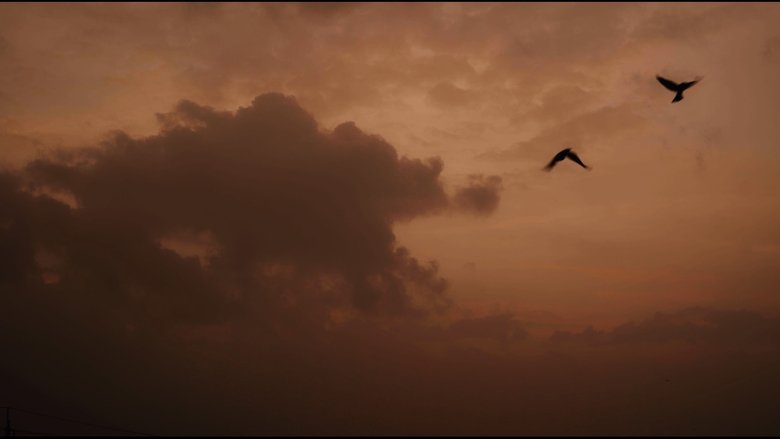
After the Indian Ocean Tsunami of 2004, widowed women struggled to receive aid due to their social status. Following the story of Mrs. Manjula along with many other women from Tamil Nadu, the challenges faced by millions of widows across the country are illuminated. From being ostracized to denied basic rights and economic opportunities, widows in India endure a cycle of discrimination and marginalization. “Kalangarai” meaning "lighthouse" in Tamil, is an organization dedicated to empowering women through initiatives such as self-help groups and educational programs. Throughout the film, "Lighthouse" illustrates the emotional journeys and resilience of these women, as well as the active change that Kalangarai strives to achieve. This documentary urges global awareness and support for widowed women’s rights, as the women’s struggles depict the intersectionality of gender, poverty, and social injustice.
As the Cold War bristles with menace in the 60s, the youth at Kielder Workman’s Club celebrate free time with an American dance called the ‘Twist’. But it’s the Faustian pact with industry this brilliant travelogue focuses on first as it maps the path of the River Tyne. The sounds of heavy machinery and graft pitch us into Newcastle’s shipyards and collieries, whilst drugs spin off a machine called Bliss in Winthrop Laboratories’ production-slick war against pain.
This documentary highlights the achievements of India in the political, economic, and international fields since she attained Independence. The framing of her Constitution, the integration of the States and the general elections, the rehabilitation of displaced persons, the river valley projects, and the setting up of a chain of National Laboratories are some of the achievements shown here.
A documentary on the life of the youth in post-Independence India.
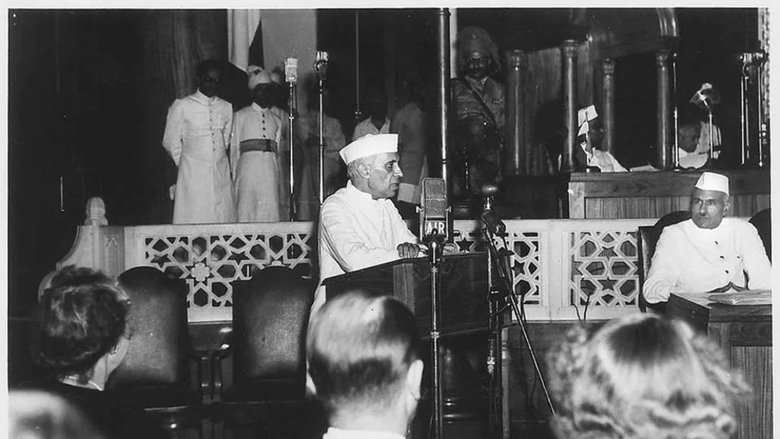
Divided into three parts — The Awakening, The Struggle, and Freedom — this is a biographical film on Pandit Jawaharlal Nehru, the first Prime Minister of independent India. Relying on Nehru's writings and speeches, the film traces the evolution of Nehru from his birth through his life. It also deals with the effect of history on Nehru and in turn his impact on the world.
The Kumbh Mela is a great roving Hindu spiritual festival that has moved around India for more than four thousand years, erecting temporary cities along the Ganges River.
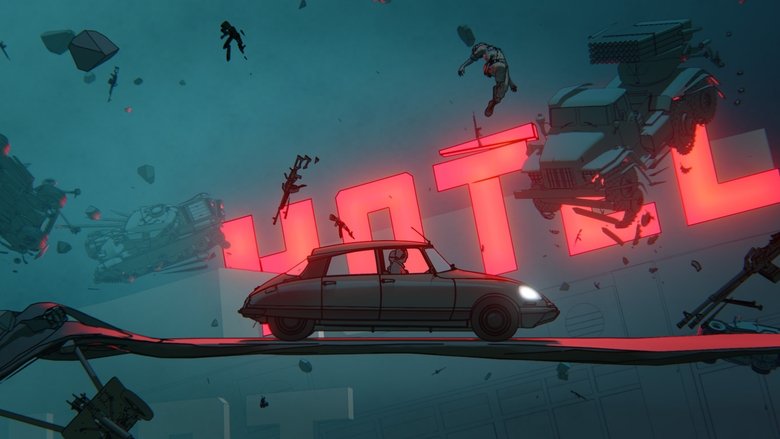
In 1975, Ryszard Kapuściński, a veteran Polish journalist, embarked on a seemingly suicidal road trip into the heart of the Angola's civil war. There, he witnessed once again the dirty reality of war and discovered a sense of helplessness previously unknown to him. Angola changed him forever: it was a reporter who left Poland, but it was a writer who returned…
A documentary about the history of settler groups that came to New Zealand from Europe.
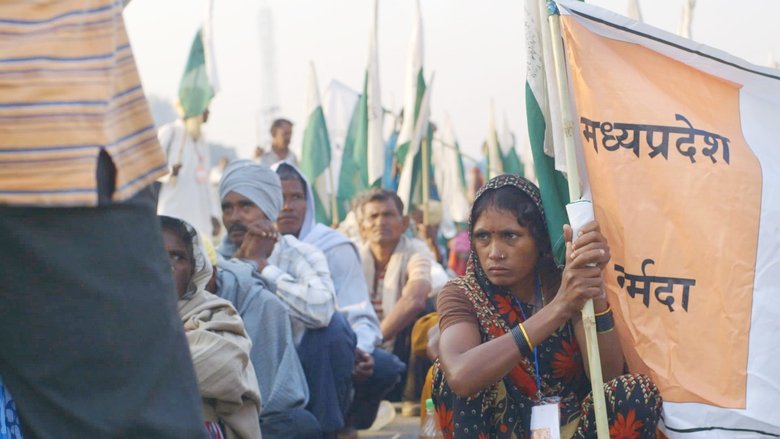
Hundreds of thousands of Indian men and women – indigenous inhabitants and landless farmers – demand their right to existence by making a 400 kilometre protest march from Gwalior to Delhi. How can one fight for one’s rights without using violence? With such an important contemporary question, the film spreads far beyond the borders of India. It shows the multiple facets of this imposing protest march and focuses as well on the daily realities of these proud people.
Documentary about the photo session for the photobook "Castella", filmed in Portugal.
In this FitzPatrick's Traveltalk short, a trip to Haiti serves as a portal into its history, mainly under 19th century ruler Henri Christophe.
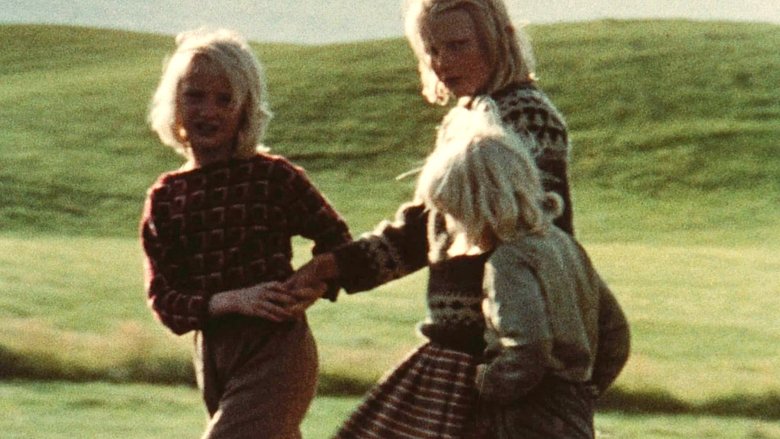
A woman narrates the thoughts of a world traveler, meditations on time and memory expressed in words and images from places as far-flung as Japan, Guinea-Bissau, Iceland, and San Francisco.
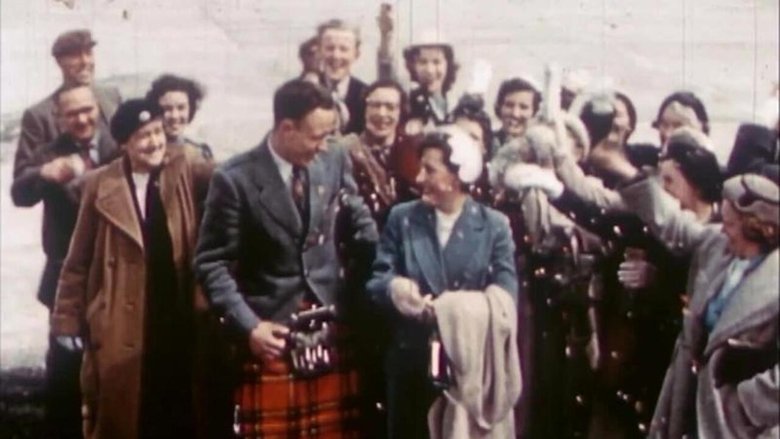
Haunting colour travelogue taking in Ulster, Lewis, Lincoln and Cardiff's Tiger Bay.
A filmmaker's insight into the biggest gathering on earth -the Kumbh Mela.
This Traveltalk series short visits some of the important cities and sites of Minnesota.
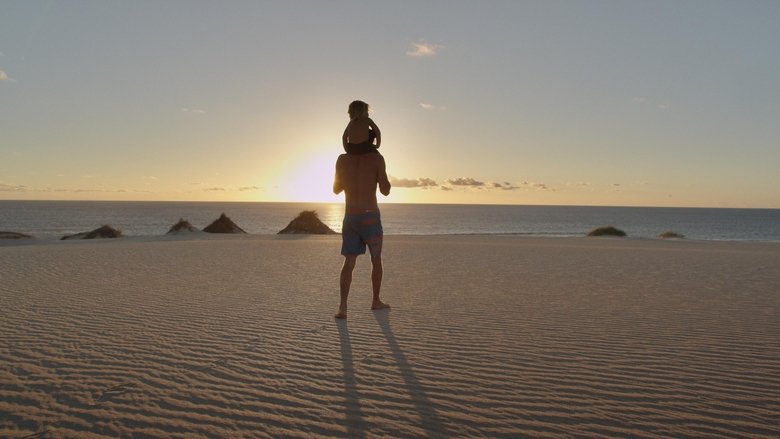
A young family leaves their home on Kauai. It is time to return to the itinerant path from which all things in their uncommon lives come; beginning and ending on a remote dot in the Pacific. They nomadically trace continents to places where waves meet their edges, envoys of aloha. It is what they will learn, what they bring others, what they will pass on to their children in the hyper-expanded classroom, the lab of direct being; a legacy passed from a father to his family.
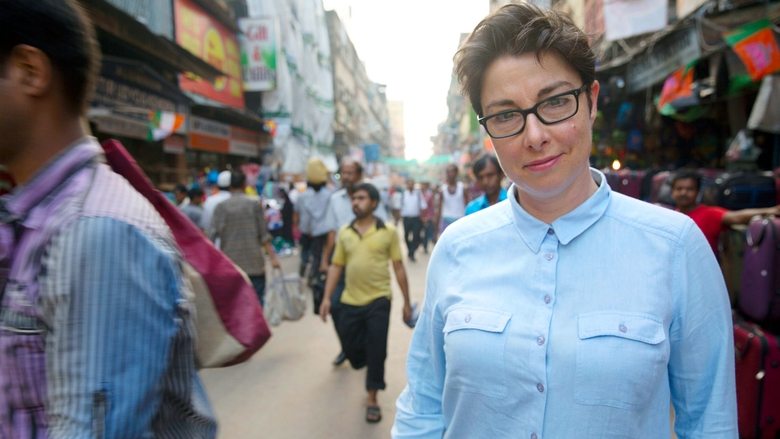
Sue Perkins immerses herself in the complex life of Kolkata and sees how it is reinventing itself as a megacity with a reputation for eccentricity, culture and tolerance.
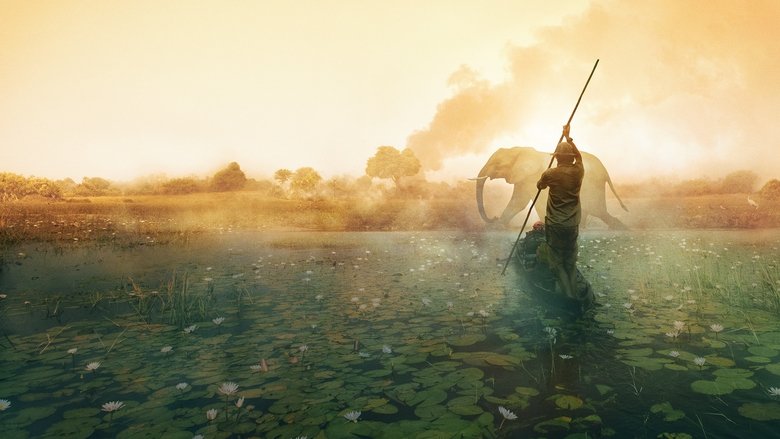
A passionate conservation biologist brings together a river bushman fearful of losing his past and a young scientist uncertain of her future on an epic, four-month expedition across three countries, through unexplored and dangerous landscapes, in order to save the Okavango Delta, one of our planet's last pristine wildernesses.
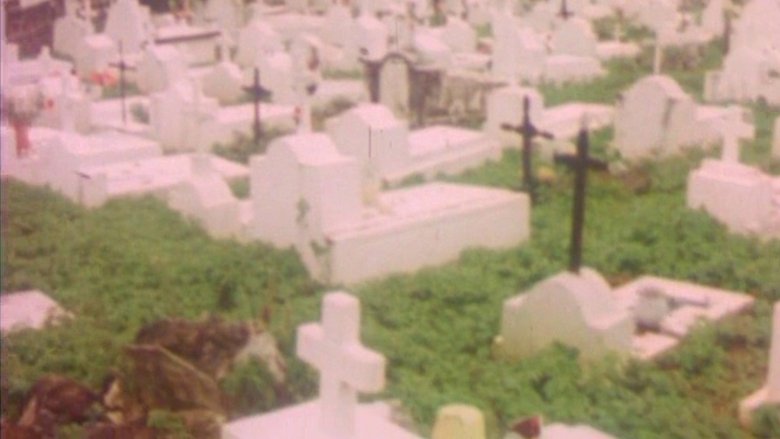
For 'Et les chiens se taisaient' Maldoror adapted a piece of theatre by the poet and politician Aimé Césaire (1913–2008), about a rebel who becomes profoundly aware of his otherness when condemned to death. His existential dialogue with his mother reverberates around the African sculptures on display at the Musée de l'Homme, a Parisian museum full of colonial plunder whose director was the Surrealist anthropologist Michel Leiris.